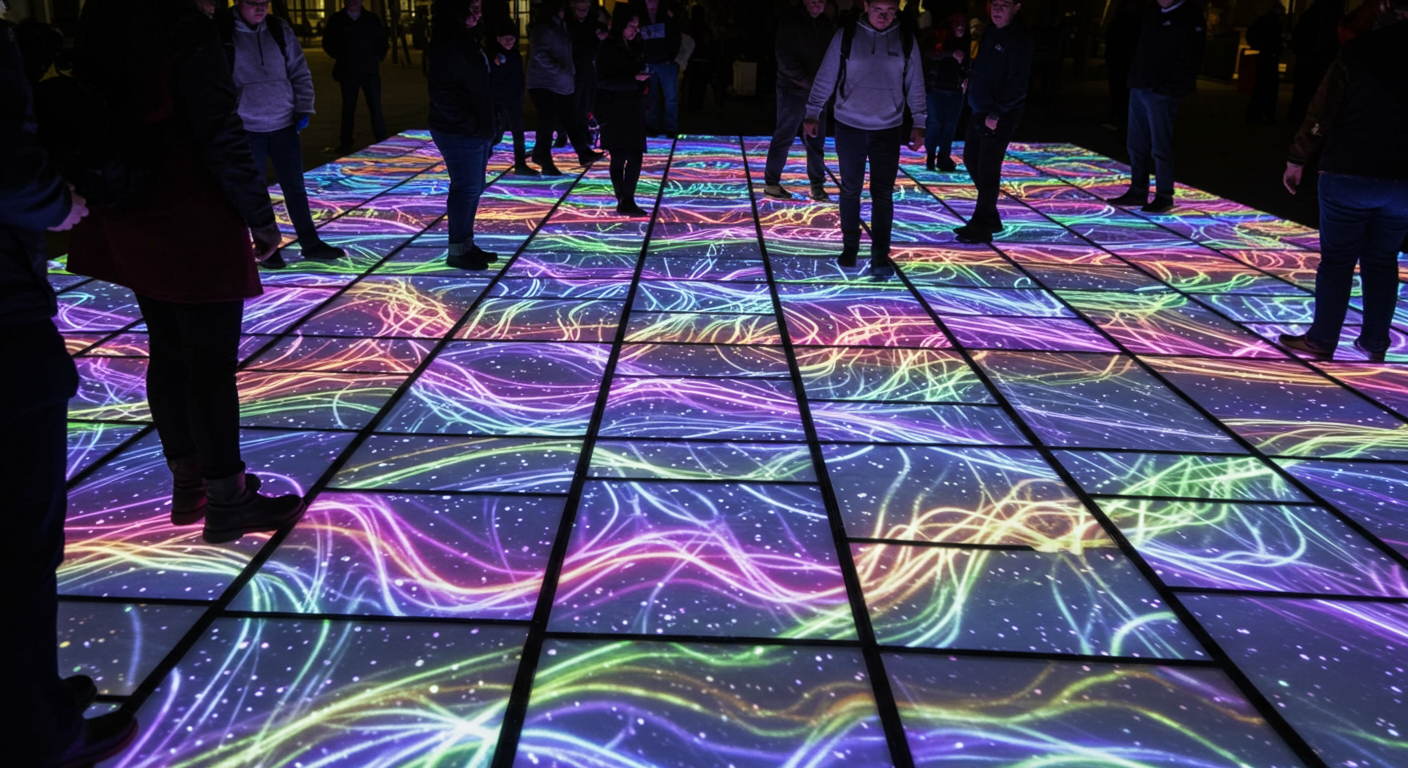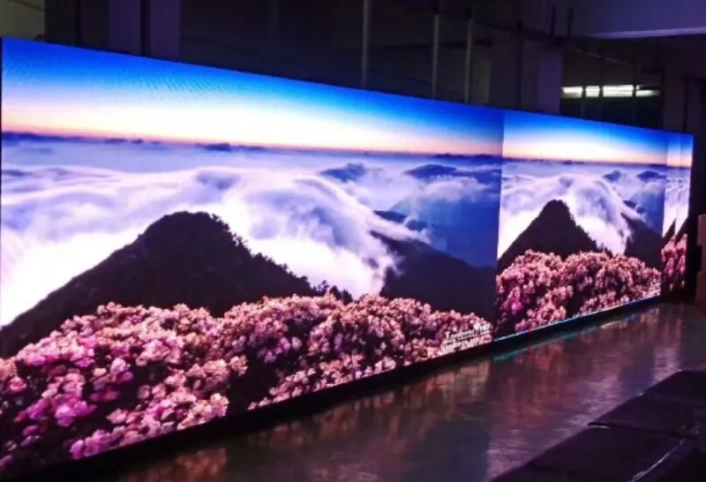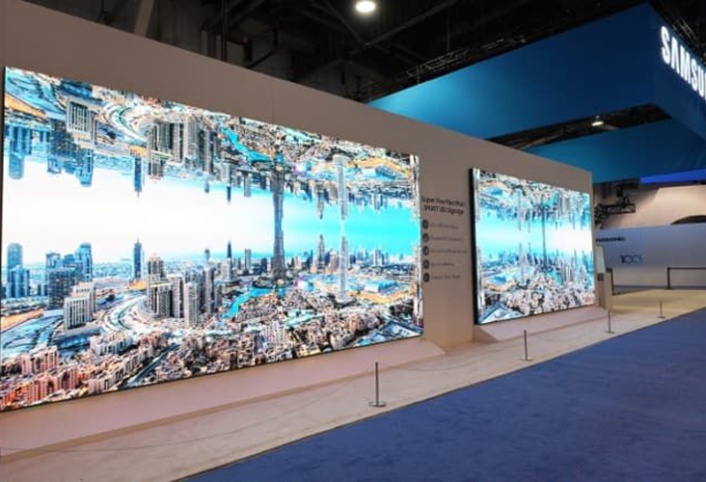We look up at screens. We stare straight ahead at them. We scroll through them in our hands. But we rarely look down — not with expectation, not with wonder. Floor LED screens changed that. They turned the ground beneath our feet into stages, into rivers, into galaxies. In museums, children crouch to chase digital koi fish that scatter at their touch. In airports, travelers follow glowing pathways that shift with gate changes. In retail stores, footsteps trigger bursts of color, turning shopping into a game. There’s something deeply human about interacting with the floor. It’s primal. We stomp in anger, tiptoe in fear, dance in joy. Floor screens tap into that physicality. They don’t just display content — they invite participation. And because they’re underfoot, they feel safe. Non-intrusive. You can ignore them, or engage — the choice is yours. But few can resist. There’s magic in seeing a rose bloom where your shoe just stood, or watching constellations swirl around your ankles. What’s remarkable is how quickly this technology moved from novelty to necessity. Event planners no longer ask “Should we?” but “Where?” Corporate lobbies use them for subtle branding — a logo that appears only when someone steps into the reception area. Concert venues turn aisles into extensions of the stage. Even hospitals use them to guide patients with glowing arrows that feel more like invitations than instructions. The psychology is brilliant. By placing the screen at ground level, it avoids the fatigue of “screen overload.” It doesn’t compete with phones or billboards. It complements them. It turns passive spaces into interactive zones without demanding attention — only offering possibility. And in a world drowning in vertical content, the horizontal revolution feels like a breath of fresh air. Literally — you look down, you breathe deeper, you smile. The floor, once just something to walk on, is now something to experience.





